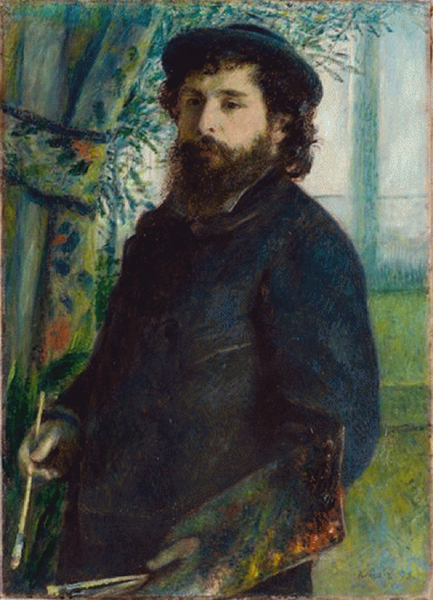I am yet to read about a great artist who wasn’t good at portraiture. Salvador Dali, Pablo Picasso, Leonardo Da Vinci, Vincent Van Gogh, Claude Monet, Eduard Manet, Frida Kahlo, MF Hussein…you name the top artists of the world or even of India, and you’ll find that they did portraits at some point in their lives – mostly when they were younger and hadn’t developed the style that set them apart.
The reason behind this is really simple actually. The human face is singular in its capability to evoke emotions and emotions give birth to art. A young to-be-artist, is drawn to the human face because it’s is both – the ultimate lesson and the ultimate test. The human face allows a seven-year-old future-artist a continuous try-fail-try-fail-try-succeed cycle to study and practice everything – proportions, shapes, forms, expressions, colors, lights, shadows.
Any skillfully executed portrait tells a story. It could be the story of togetherness, loneliness, love, happiness, loss, ambition, self-respect…or a hundred other things – one only has look into the eyes, and the connection is made.
This is why when portraits of unknown men, women, and children stare at us through the window of time, we feel drawn, and when they look at wall beyond the painting, they challenge us to find their story. This is when a portrait transcends into becoming art. Without such a challenge, a portrait might have a lot of meaning to a few for whom the person in the portrait has a meaning – but it doesn’t become art. To become art, it must become meaningful to many. It must make them feel something – something that’s beyond the awe one might feel due to the skill with which the portrait is executed, something that has nothing to do with the beauty of the subject – something that might be subtle (Da Vinci’s Monalisa,) or vivid (Caravaggio’s Medusa.)
The ability to create a portrait is vital for an artist. The skill of portraiture is not one but almost every basic skill and trait rolled into one. It’s everything that an artist requires to hone his/her skills – it’s inspiration, practice, and assessment, and it has an automatic loop of feedback called “likeness.”



Leave a Reply